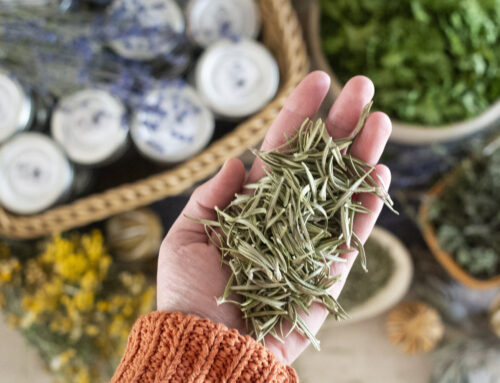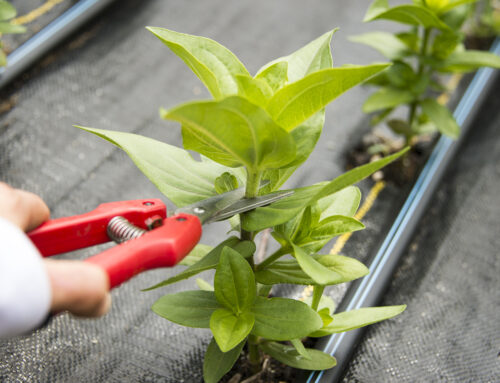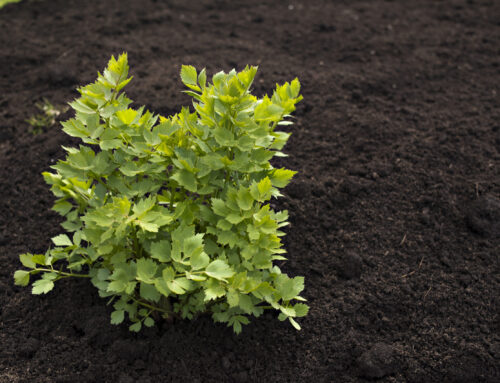When I first began my foray into growing and selling herbs, I painstakingly planned what and how I would grow. Using all the knowledge I had up until that point and exacting standards—that was how I planned to set my plants apart at market—I sowed, took cutting and grew all my favorite herbs and varieties! Flats of French thyme, basil (oh-so-many-basils), ‘Greek’ oregano, ‘Hidcote’ lavender, cilantro and ‘Gigante d’Italia’ Parsley just to name a few. But mint in the garden was not on the list.
Mint in the Garden
You see, Mint’s a promiscuous little thing! More times than not when I worked at the local nursery I was teaching people how to contain and eradicate this escape artist. I could never have imagined that mint would be a such a sought-after herb at the farmer’s market.

A Few Words on Rooting
Since mint roots so incredibly easily, I took a few cuttings and potted them up. Within a couple weeks I had pots ready to go … and they flew off the table! I’ve come far in my mint appreciation since those early growing days, but I now I do so with caution.
I can’t sell a single plant without giving it’s new owner a disclaimer about how invasive mint can be. “Plant it in a 2-3 gallon nursery pot, sink the plastic pot 90% into the ground and harvest regularly!” New gardeners often nod reassuringly at me, all the while thinking they won’t have a problem with mint running a-muck in their beds. While the well-seasoned gardener purchases it with a specific purpose and we often discuss various containment strategies before they go home to introduce their new baby to the garden.

This post is certainly not designed to scare you off growing mint, but it’s incredibly important to know why and how you’re growing it. So not to create a meddlesome pest that you have to spend hours each season hacking out of your vegetable beds.
Mint Varieties
Now let’s talk about all the delicious mints I’ve come to love! The all-purpose ‘Spearmint’ can be used in drinks, salads, on the grill and tastes good in most dishes that call for mint. ‘Peppermint’ is coveted for teas and is often distilled into oil.
The signature flavors of ‘Mojito’ (for the obvious mojito cocktail) and ‘Kentucky Colonel’, favored in mint juleps popular around Kentucky Derby time, add pizazz to any last-minute summer get-togethers.

And I not only sell ‘Apple’, ‘Chocolate’ and ‘Orange’ mints to local markets, but also florists—who use them as fragrant filler for bouquets and arrangements! Variegated ‘Pineapple’ makes a statement as either a drink garnish or in floral design.
And that’s not even considering all the other novelty flavors that I’m growing-just because I HAD to. Things like ‘Banana’, ‘Grapefruit’ and ‘Strawberry.’ Absolutely delish!
And don’t let me forget to mention ‘Basil’ Mint … oh-my-gosh! I can’t even talk about that amazingness without salivating.
As a perennial, this herb comes back year after year and aside from regularly harvesting, it doesn’t require much TLC from you. Plant in full sun, and start harvesting on the south-side of the bed. Every 1-2 weeks there will be enough regrowth for a second harvest. I’m a bit ruthless on the farm when it comes to cutting back, I go straight to ground level once a season to revitalize the bed to keep it productive.
So if you’re not a fan of mowing, go ahead and let mint do its thing, let it roam free…however, if you’re not a fan of chaos and living on the edge, grow it in a pot!
Every gardener should enjoy a little mint in the garden!




